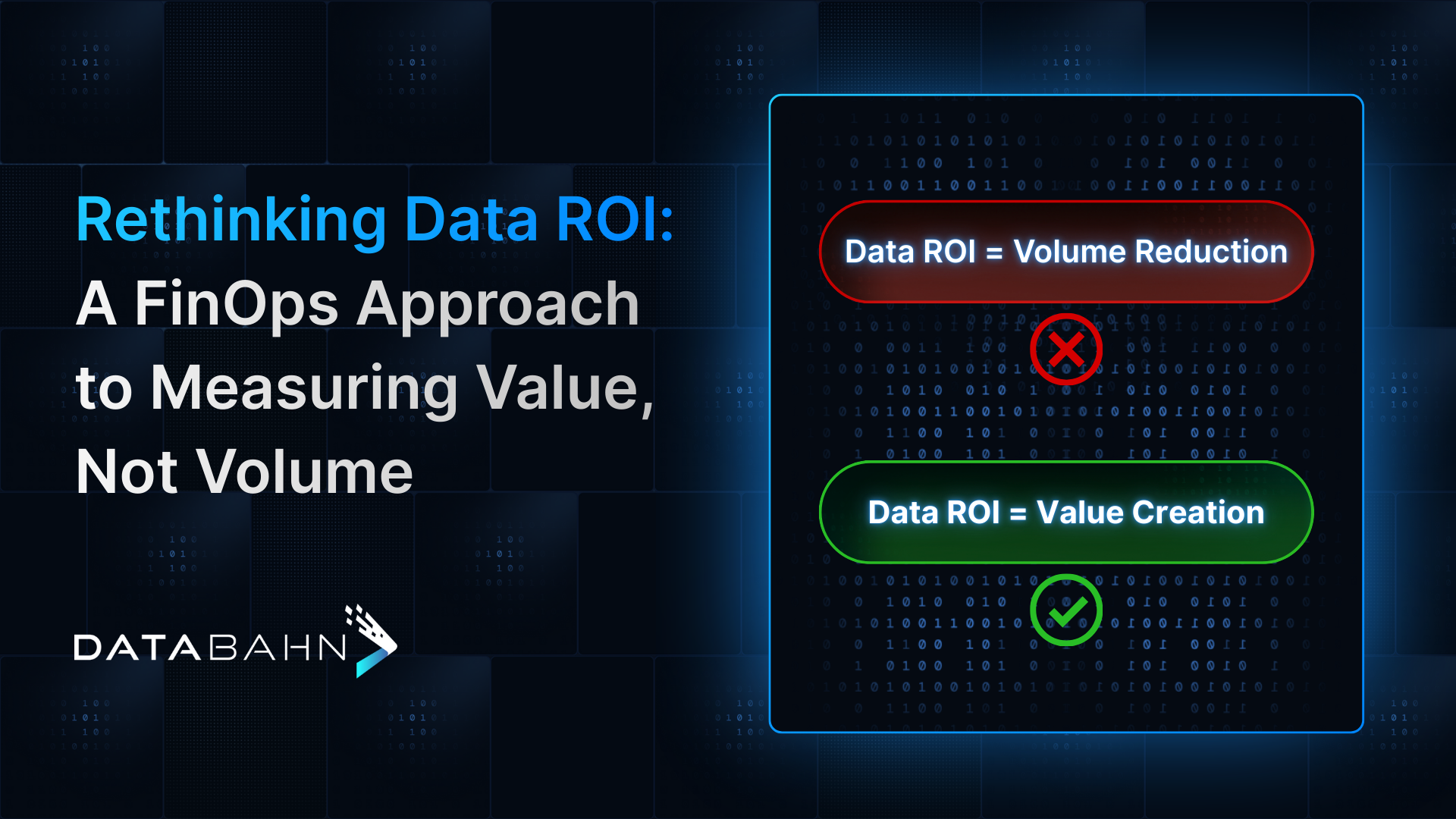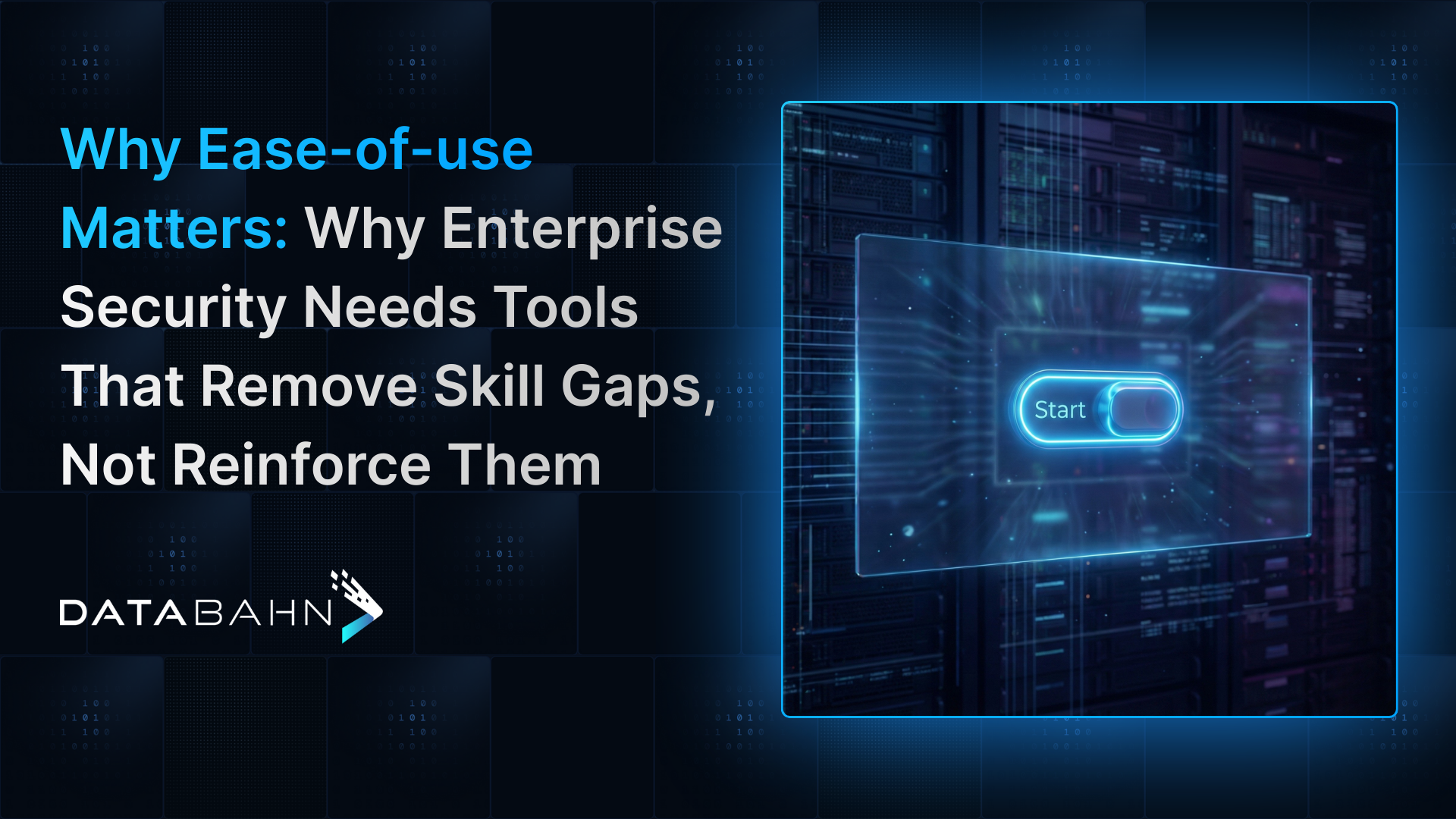The Ultimate Guide to Microsoft Sentinel optimization for Enterprises
Are you struggling with inflating costs and increased time and effort in managing Microsoft Sentinel for your business? Is optimizing data ingestion cost, improving operational efficiency, and saving your team’s time and effort important for your business? With ~13% of the SIEM market according to industry sources, many enterprises across the world are looking for ways to unlock the full potential of this powerful platform.
What is Microsoft Sentinel?
Microsoft Sentinel (formerly known as “Azure Sentinel”) is a popular and scalable cloud-native next-generation security information and event management (“SIEM”) solution and a security orchestration, automation, and response (“SOAR”) platform. It combines a graphical user interface, a comprehensive analytics package, and advanced ML-based functions that help security analysts detect, track, and resolve cybersecurity threats faster.
It delivers a real-time overview of your security information and data movement across your enterprise, providing enhanced cyberthreat detection, investigation, response, and proactive hunting capabilities. Microsoft Sentinel natively incorporates with Microsoft Azure services and is a popular SIEM solution deployed by enterprises using Microsoft Azure cloud solutions.
Find out how using DataBahn’s data orchestration can help your Sentinel deployment – download our solution brief here. DOWNLOAD
Text Microsoft Sentinel is deployed by companies to manage increasingly sophisticated attacks and threats, the rapid growth of data volumes in alerts, and the long timeframe for resolution.
What is the Microsoft Sentinel advantage?
The four pillars of Microsoft Sentinel
Microsoft Sentinel is built around four pillars to protect your data and IT systems from threats: scalable data collection, enhanced threat detection, AI-based threat investigations, and rapid incident response.
Scalable data collection
Microsoft Sentinel enables multi-source data collection from devices, security sensors, and apps at cloud scale. It allows security teams to create per-user profiles to track and manage activity across the network with customizable policies, access, and app permissions. This enables single-point end-user management and can be used for end-user app testing or test environment with user-connected virtual devices.
Enhanced threat detection
Microsoft Sentinel leverages advanced ML algorithms to search the data going through your systems to identify and detect potential threats. It does this through “anomaly detection” to flag abnormal behavior across users, applications, or app activity patterns. With real-time analytics rules and queries being run every minute, and its “Fusion” correlation engine, it significantly reduces false positives and finds advanced and persistent threats that are otherwise very difficult to detect.
AI-based threat investigations
Microsoft Sentinel delivers a complete and comprehensive security incident investigation and management platform. It maintains a complete and constantly updated case file for every security threat, which are called “Incidents”. The Incidents page in Microsoft Sentinel increases the efficiency of security teams and offers automation rules to perform basic triage on new incidents and assign them to proper personnel, and syncs with Microsoft Defender XDR for simplified and consistent threat documentation.
Rapid incident response
The incident response feature in Microsoft Sentinel helps enterprises respond to incidents faster and increases their ability to investigate malicious activity by up to 50%. It creates advanced reports that make incident investigations easier, and also enables response automations in the form of Playbooks, which are collections of response and remediation actions and logics that are run from Sentinel as a routine.
Benefits of Microsoft Sentinel
Implementing Microsoft Sentinel for your enterprise has the following benefits:
- Faster threat detection and remediation, reducing the mean time to respond (MTTR)
- Improved visibility into the origins of threats, and stronger capability for isolating and stopping threats
- Intelligent reporting that drives better and faster incident responses to improve outcomes
- Security automation through analytics rules and automations to allow faster data access
- Analytics and visualization tools to understand and analyze network data
- Flexible and scalable architecture
- Real-time incident management
What is Microsoft Sentinel Optimization?
Microsoft Sentinel Optimization is the process of fine-tuning the powerful platform to reduce ingestion costs, improve operational efficiency, and enhancing the overall efficiency, cost-effectiveness, and efficacy of an organization’s cybersecurity team and operations. It addresses how you can manage the solution to ensure optimal performance and security effectiveness while reducing costs and enhancing data visibility, observance, and governance. It involves configuration changes, automated workflows, and use-case driven customizations that help businesses and enterprises get the most value out of the use of Microsoft Sentinel.
Why Optimize your Microsoft Sentinel platform?
Despite the reduction in costs compared to legacy SIEM solutions, Microsoft Sentinel’s cost reduction in data ingestion is still subject to the incredible increase in security data and log volumes. With the volume of data being handled by enterprise security teams growing by more than 20% year-on-year, security and IT teams are finding it difficult to find critical data and information in their systems as mission-critical data is lost in the noise.
Additionally, the explosion in security data volumes also has an impact in terms of costs – SIEM API costs, storage costs, and the effort of managing and routing the data makes it difficult for security teams to allocate bandwidth and budgets to strategic projects.
With proper optimization, you can:
- Make it faster and easier for security analysts to detect and respond to threats in real-time
- Prioritize legitimate threats and incidents by reducing false positives
- Secure your data and systems from cyberattacks more effectively
Benefits of using DataBahn for optimizing Sentinel
Using DataBahn’s Security Data Fabric enables you to improve Microsoft Sentinel ingest to ensure maximum value. Here’s what you can expect:
- Faster onboarding of sources: With effortless integration and plug-and-play connectivity with a wide array of products and services, SOCs can swiftly integrate with and adapt to new sources of data
- Resilient Data Collection: Avoid single-point of failures, ensure reliable and consistent ingestion, and manage occasional data volume bursts with DataBahn’s secure mesh architecture
- Text BoxReduced Costs: DataBahn enables your team to manage the overall costs of your Sentinel deployment by providing a library of purpose-built volume reduction rules that can weed out and less relevant logs.
Find out how DataBahn helped a US Cybersecurity firm save 38% of your SIEM licensing costs in just 2 weeks on their Sentinel deployment. DOWNLOAD
Why choose DataBahn for your Sentinel optimization?
Optimizing Microsoft Sentinel requires extensive time and effort from your infrastructure and security teams. Some aspects of the platform also ensure that there will continue to be a requirement to allocate additional bandwidth (integrating new sources, transforming data from different destinations, etc.).
By partnering with DataBahn, you can benefit from DataBahn’s Security Data Fabric platform to create a future-ready security stack that will ensure peak performance and complete optimization of cost while maximizing effectiveness.








.png)






.avif)

.avif)








